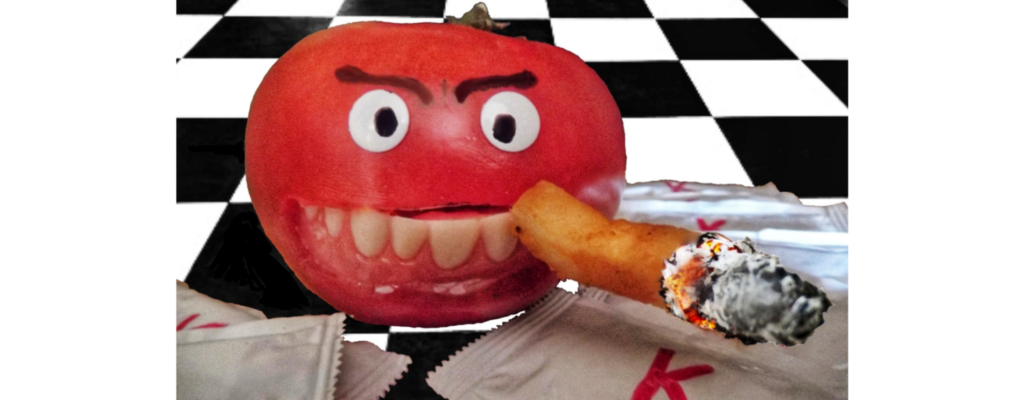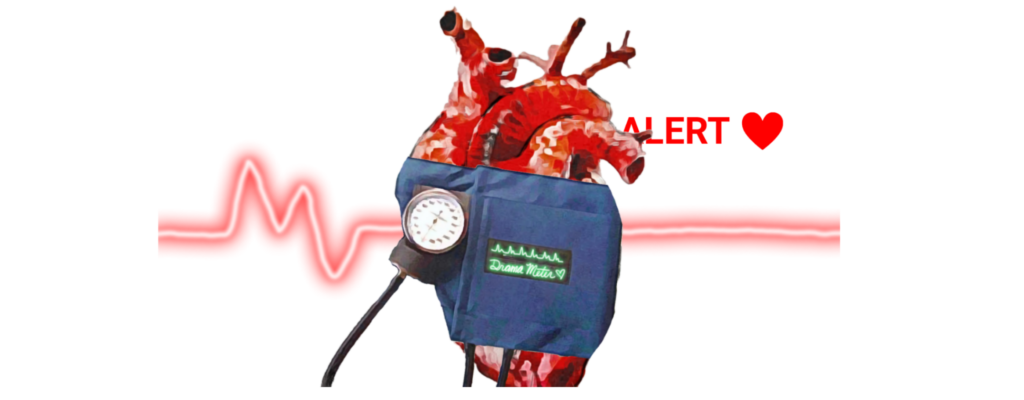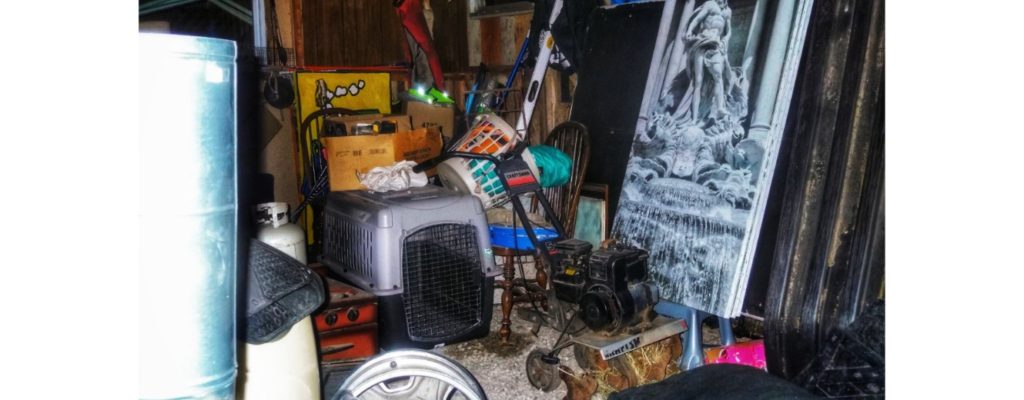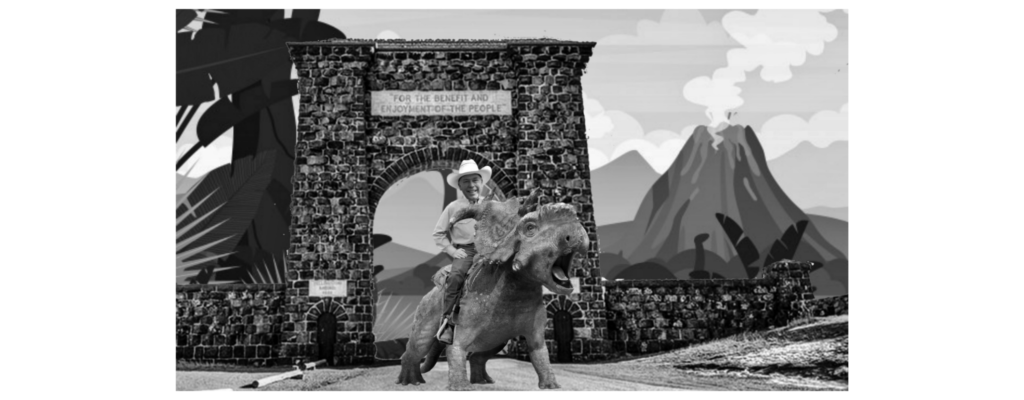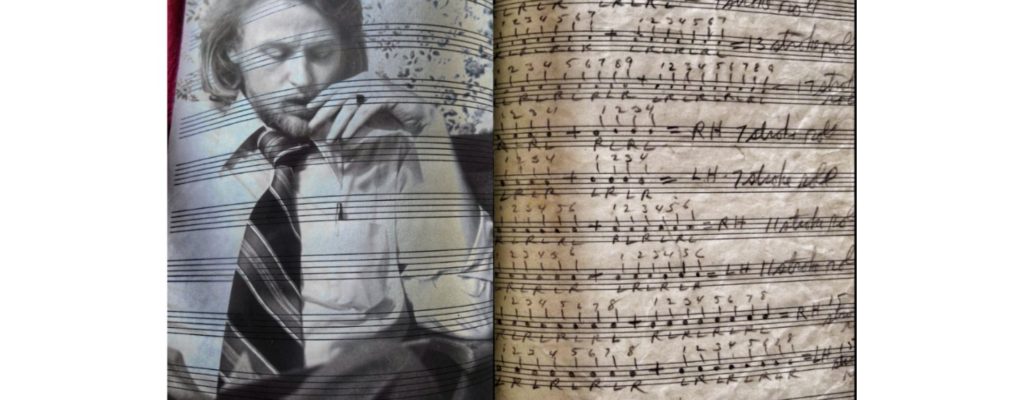Although the Chamber of Commerce & Visitors Center, an entity known mostly for fundraising to keep itself in business, hasn’t made any formal announcement of plans for the Roundup Rodeo Parade on July 2, rumors abound about the festivities.
Insiders from the various groups that partner with the Chamber, including delegates representing every entity in the county, have said that, by order of Governor Body Slam, masks will not be required. In fact, the governor wants the people to not wear masks at all to demonstrate to all the world how much we cherish our freedoms and how we won’t act like sheep.
That’s a bit grandiose in scale. Attendance is usually limited to locals, a few folks from adjoining counties and tourists who typically describe the event as “quaint.” It is hardly worldly.
The theme for this year’s gathering is inspired by the 1970 chart-topping “Close to You,” by the Carpenters. The subtext is “Viral Infections Along a Parade Route in Small Town America.”
Slated to act as Grand Marshall of the Roundup Parade is Rep. Jim Jordan, the Republican loud-mouth from someplace in Ohio who is still operating under the mistaken belief that Trump won re-election.
Those questioning the wisdom of hosting the parade at all have been asked by management to sit down and keep their anti-American, anti-business mouths shut. Better yet, they should just pull up their little paper masks and leave.
“One year of no parade was enough,” noted an anonymous source, who asked to remain anonymous to maintain his anonymity. “How much do the townspeople have to suffer just because 560,00 Americans have died from a fake disease? Obama did nothing about it and now Biden is sitting idly as our economy crumbles in front of us. We, the people, need the bars to open to full capacity. The pipers must pipe, the Shriners must clown, and the beer must flow.”
The economy notwithstanding—on which a three-hour display of floats, fire trucks and horses will have minimal impact—parades are not enjoyed by everyone. I happen to be one of them.
There’s never been a Thanksgiving when somebody hasn’t called to ask if I was watching the Macy’s parade, which is only ever interesting if a gust of wind blows and happens to cause a four-story-high blow-up of Goofy to be launched into the stratosphere. That rarely happens and when it does, it’s all over the evening news. So, I tell whoever asks, that I’m busy doing other things like trying to avoid viewing the crass commercialism that drives our crass consumerism. If disaster strikes, I’ll catch the highlights later.
While our town’s little parade isn’t void of commercial aspects—every realtor and insurance agent who owns a convertible sticks magnetic signage on the front doors of those cars and wave imperiously to the people who line the streets watching them drive by—it’s more focused on community things. Every charity and do-gooder group are well-represented, as are all of the folks who own farm equipment or horses. (You’ll never see a Deere harvest combine on Central Avenue South.)
The fire engines blare their sirens if I happen to be fewer than twelve feet away. The politicians hand out enough election propaganda to carpet the streets in glossy paper, just under the detritus of discarded packaging from the street food that is consumed from the taco, gyro and hot dog stands that pop up along the route.
As a downtown business operator for twelve years, I came to dread parade day. It required me to triple the staff to deal with the crowds and reinvent what we did as a restaurant, down to one year serving a Sunday brunch to about twelve people; we were prepared for forty. Pastas are hardly parade fare. One year I made two gallons of gazpacho, eventually throwing out all but one serving. The next year, no fewer than a dozen people asked why I wasn’t serving gazpacho.
One year we made some little knots of baked pizza dough. Who knew so many people liked to dip them into ranch dressing, a condiment I didn’t stock? One year we had a keg of Bud Light on tap. At the end of that day, we had nine-tenths of a keg of Bud Light. Fine wines at $7-$8 per glass were eschewed by people wanting something in the $3 range, which is wine probably not worth drinking.
Nobody has ever accused me of being a good businessman, especially my wife. In fact, my most successful business venture was redeeming for two cents each the soda and beer bottles I found as a five-year-old in the alleys of Chicago’s west side.
I was driven by a desire to create good food, an inviting atmosphere—figuring that the books would take care of themselves. I was wrong much of the time. But parade day was never a salvation. In the end, I realized that I would have done better to have sat in the window and watched as the parade passed me by.
Parades have at their very heart a sense of belonging to the military—traditions of troops marching in stride to show the strength and fortitude of a nation’s power. I have never found that appealing. From the brass bands to the goose-stepping soldiers, it has always seemed to be a patriotic ritual that leads to nationalism and onward then to war.
And speaking of misplaced patriotism, there seems to be a movement afoot to erect a 100-foot tall flagpole in the middle of the park to hoist a flag the size of Connecticut on the morning of July Fourth. I don’t get it. Does an out-sized flag somehow represent a greater sense of the American sensibility than that already displayed by the beautiful array of simple flags that surround our park on holidays?
Or am I taking this in the same way I recognize that the oversized pickup trucks are some kind of compensation for something small?
Photography by Courtney A. Liska
Chicken Cacciatore
The Italian hunter’s chicken is easy and delicious. Adjust the seasonings to your taste.
8 chicken thighs
salt
freshly ground black pepper
all-purpose flour, for dredging
olive oil
1 large red bell pepper, chopped
1 large green bell pepper, chopped
1 large onion, chopped
2-3 stalks of celery, chopped
3-4 garlic cloves, diced
1 cup dry white wine
1, 28-oz. can diced tomatoes with juice
1 cup chicken stock
1 1/2 tsp. dried oregano leaves
1/4 cup coarsely chopped fresh basil leaves
Generously season the chicken with salt and pepper.
Dredge the chicken pieces in the flour to coat lightly.
In a large heavy sauté pan, heat the oil over a medium-high flame. Add the chicken pieces, skin side down, to the pan and sauté just until brown, about 5 minutes per side. Transfer the chicken to a plate and set aside.
Add the peppers, onion and celery to the same pan and sauté over medium heat until the onion is softened, about 5 minutes. Add the garlic and cook another minute or two. Season with salt and pepper. Add the wine and simmer until reduced by half, about 3 minutes.
Add the tomatoes with their juice, broth, and oregano. Return the chicken pieces to the pan and turn them to coat in the sauce. Bring the sauce to a simmer. Cover and continue simmering over medium-low heat until the chicken is just cooked through, about 30 minutes.
Transfer the chicken to a platter. If necessary, boil the sauce until it thickens slightly, about 3 minutes. Spoon the sauce over the chicken, then sprinkle with the basil and serve.

